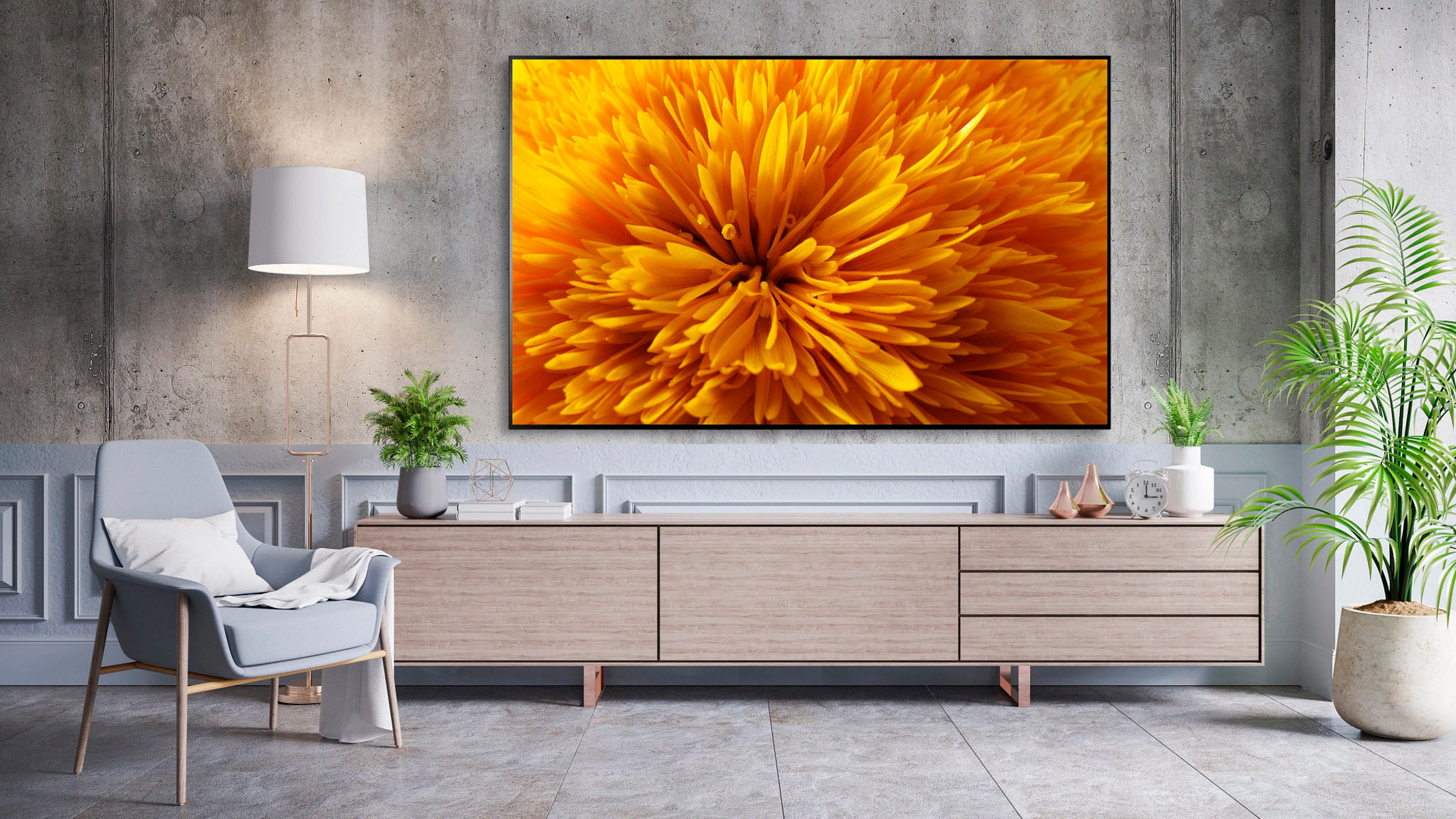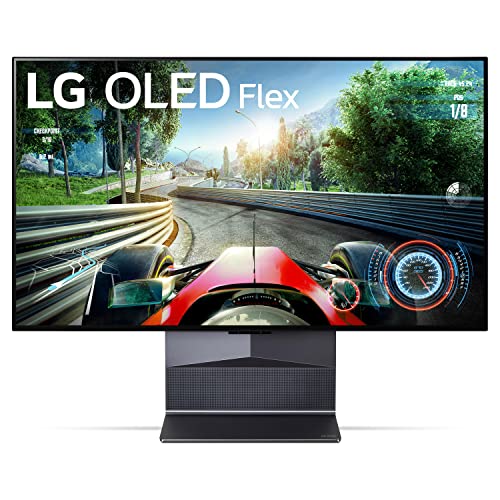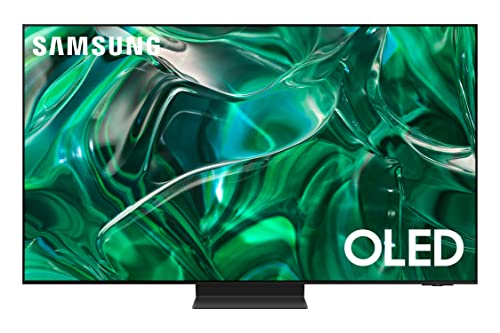
OLED TVs offer a viewing experience like no other, thanks to their perfect black levels and unbeatable contrast, but in the past, there has been concerns over OLED TVs' life expectancy, for a few reasons.
Is an OLED TV worth it? Absolutely, in my book, but some consumers remain wary thanks to the perceived risk of burn-in, where static images remain a ghostly presence after they’ve left the screen. This was a problem on CRT screens and plasma TVs before, but with OLED panels costing so much, people are understandably wary of splashing the cash on them if they might lose their pristine sheen within a couple of years.
So what is an OLED TV's lifespan, and how can you prolong that life expectancy?
What is an OLED TV’s life expectancy?

This is a surprisingly hard question to answer — anecdotally, you’ll find plenty of people reporting their OLED screens are perfect after years of use. Equally, you’ll find people complaining that their panel failed within a year — but then people who are disappointed in a product are more likely to leave a review.
One thing we can say for sure is that OLED technology has come a long way in a very short time. Back in 2016, LG Electronics’ vice president Lee Byung-chul was quoted as saying that its OLED panels had tripled their lifespan in three years.
'When we first started manufacturing OLED TVs in 2013, their lifespan was some 36,000 hours,' he said. 'Technological development has extended it to 100,000 hours now. This is equal to 30 years, if a user watches our OLED TV for 10 hours a day.'
In the intervening eight years, reliability has continued to improve, even if nobody is brave enough to put a figure on it. For OLED burn-in specifically, OLED panels now come with all kinds of protections against permanent image retention which makes it far less of an issue than it was in the early days of the screen technology.



So, is burn-in isn't a problem any more?
Not quite.
Burn-in is still a risk, due to the nature of technology. Scientists are making great progress on the problem, but for now it’s an occupational hazard of purchasing an OLED TV.
This is proved by Rtings.com’s excellent ongoing burn-in tests, where TVs are left switched on with a permanent loop of CNN to measure the impact. The news ticker and logo make it tricky test, as static images are what tends to stick.
You can dig into the results on specific panels for yourself, but generally speaking, newer models cope better with the strenuous test, but even these aren’t completely immune with thousands of consecutive hours eventually taking their toll. Some sets have failed before passing the 6,000-hour mark — well short of the 100,000 figure quoted in the previous section.
There are a couple of things to note here, though. Firstly LCD panels in the test show their own problems over thousands of hours, even if it’s not burn-in. There’s also bad luck to contend with: some TVs just break down earlier than expected — that’s the (bad) luck of the drawer.
But, more importantly, these aren’t real-world conditions. Although you can call 6,000 hours of footage around four years’ worth of usage, it’s not the same: there’s limited downtime for the TVs, brightness is set to maximum, and there’s no variety as to what’s on screen. The conditions are deliberately designed to be difficult, in other words.
As the site concludes: “Unfortunately, it seems like burn-in is still an issue, but newer panels are clearly better than older generations, and it seems like most people shouldn't worry about it with varied content.”
What can I do to prolong an OLED TV’s life expectancy?

As well as general improvements to the hardware, one of the reasons that OLED panels are more reliable than they used to be is thanks to software designed to mitigate burn-in.
You’ll find that all the major OLED TV makers have software precautions built in to tackle the scourge of static images, from screen savers which kick in when left on standby, to automatic dimming of areas that don’t appear to be moving (e.g: channel logos, newstickers and scoreboards, etc.).
All the big players have software to refresh pixels when the TV has been turned off for a while too, and plenty also subtly adjust the image so that pixels aren’t stuck with the same thing for too long.
So the first and most important piece of advice for extending an OLED screen’s life expectancy is to not disable any settings that are designed to make the screen last longer. You should also avoid pumping up the brightness to the very top level. Unlike LCD TVs, OLED panels don’t have a backlight with each pixel individually lit. Maxing out the brightness is not good for said pixels.
For the same reason, you should leave your OLED TV plugged in at all times. As mentioned above, many of the major brands run their own when you’re not watching to keep the pixels in tip-top shape. If it’s unplugged during this time, the essential maintenance won’t be carried out.
Away from settings and maintenance, you should be wary of the kind of content you watch. In short, anything with static content is more prone to damage, so think about what you’re watching and for how long.
News channels, live sports and video games with HUDs that don’t move should be used in moderation — and if you pause anything, don’t do it for long. For most things, a screen saver will kick in when paused, but don’t leave it to chance (for me, Netflix goes to a screensaver when paused, but my set-top box does not).
For the same reason, you should probably avoid using an OLED TV as a computer monitor. Think about your computer’s desktop and all the menus and icons that remain fixed in place: it’s just asking for trouble. If you really want an OLED panel for your computing needs, consider a monitor that’s specifically designed for it.






